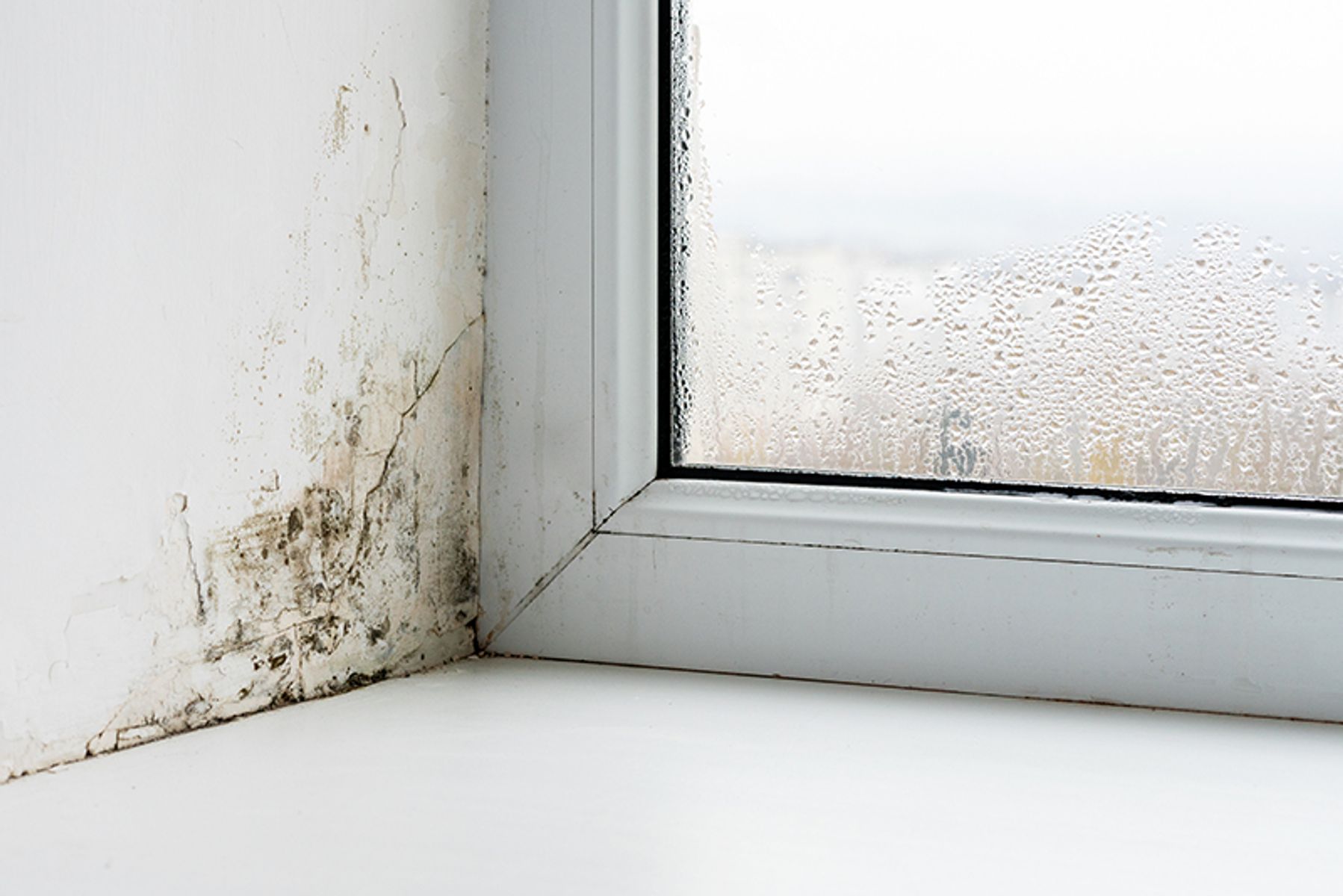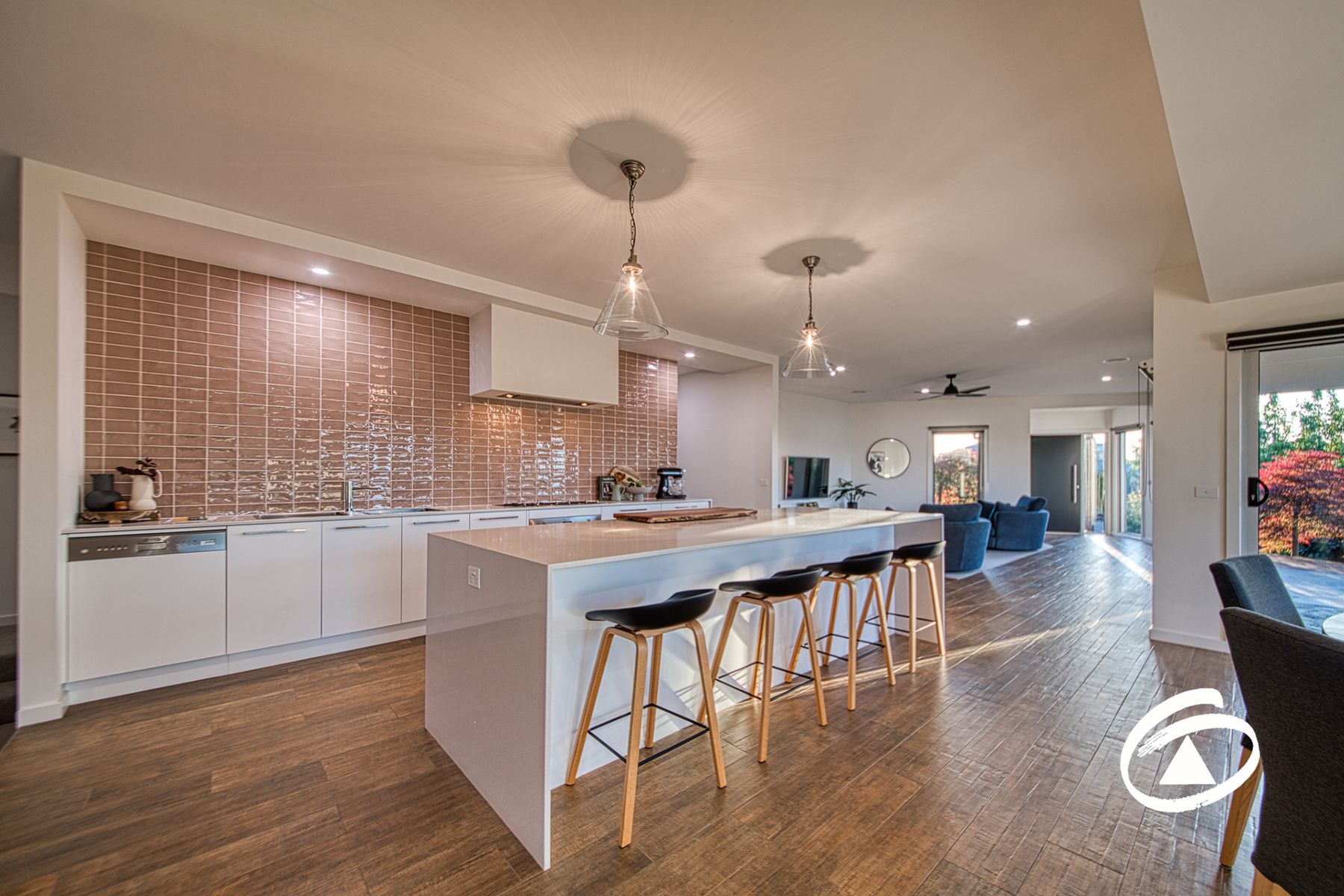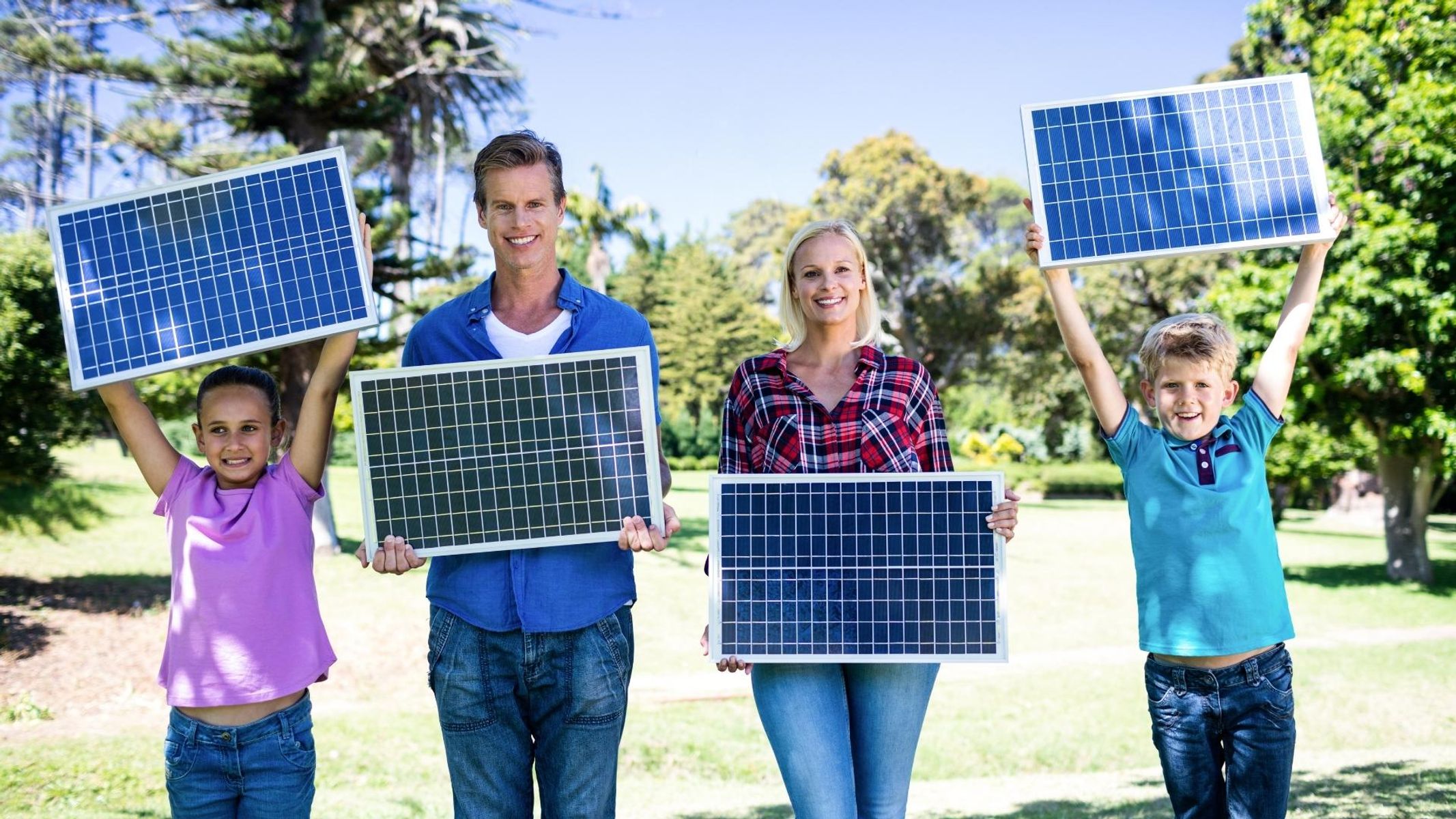Understanding the Victorian Government's Proposed Expansion of the Vacant Residential Land Tax (VRLT)
In a bold move to address housing supply concerns, the Victorian Government recently unveiled a proposed tax targeting owners of long-term vacant properties. This initiative aims to incentivize investors to either lease or sell their vacant residential assets, thereby increasing the availability of housing.
What is the Vacant Residential Land Tax (VRLT)?
The proposed legislation expands the existing Vacant Residential Land Tax (VRLT), which was introduced in January 2018 to help address the housing shortage in Victoria. Initially applicable to Melbourne's inner and middle suburbs, the VRLT will now encompass unoccupied residential properties across the entire state. The tax is assessed by calendar year (1 January to 31 December), and property owners are liable for it. It's important to note that the VRLT is distinct from land tax, the absentee owner surcharge, and the federal annual vacancy fee.
Key Changes Effective from 1 January 2025
Starting from 1 January 2025, a progressive rate of VRLT will apply to non-exempt vacant residential land across Victoria. The tax is calculated based on the capital improved value (CIV) of the taxable land, which includes the value of the land, buildings, and any other improvements. This value is determined by the general valuation process and is displayed on the council rates notice for the property.
Progressive VRLT Rates
The rate of VRLT is based on the number of consecutive tax years the land has been liable for the tax:
- 1% of the CIV for the first year the land is liable, provided it wasn't liable in the preceding year
- 2% of the CIV for the second consecutive year of liability
- 3% of the CIV for the third consecutive year of liability
Criteria for Vacant Residential Land
Residential land will be subject to VRLT if it is vacant for more than six months in the preceding calendar year. The expanded tax will now include not only properties in Melbourne's established areas but also undeveloped residential land that has remained idle for more than five years. This means that if your residential land in Victoria is vacant for more than six months in 2024, you may be liable for VRLT in 2025.
Definition of Vacancy
A property is considered vacant if, for more than six months in the preceding calendar year, it has not been lived in by:
- The owner or the owner’s permitted occupant as their principal place of residence (PPR), or
- A person under a lease or short-term letting arrangement made in good faith
The occupation does not need to be by the same occupant or for a single continuous period, and a beneficiary of a discretionary trust can be a permitted occupant. It is not sufficient for the property to be merely available for occupation, such as by listing on a short-term rental website. The property must have been used and occupied for more than six months, and intermittent or casual use by friends or family does not qualify.
Exemptions
The Government's exemption criteria provide some relief for property owners. Exemptions include holiday homes, recently acquired properties, those regularly occupied for work purposes, and properties undergoing construction or renovation.
Impact on Housing Supply and Investors
While the Government's objective is to tackle the housing supply issue, the short-term impact remains uncertain. Private investors, already navigating a complex economic environment, might see this as an additional disincentive for investment. This financial burden could prompt more landowners and investors to divest, potentially exacerbating the existing rental shortage.
For more information on the Vacant Residential Land Tax and how it might affect you, please consult with a property tax professional or visit the Victorian Government's official website.






